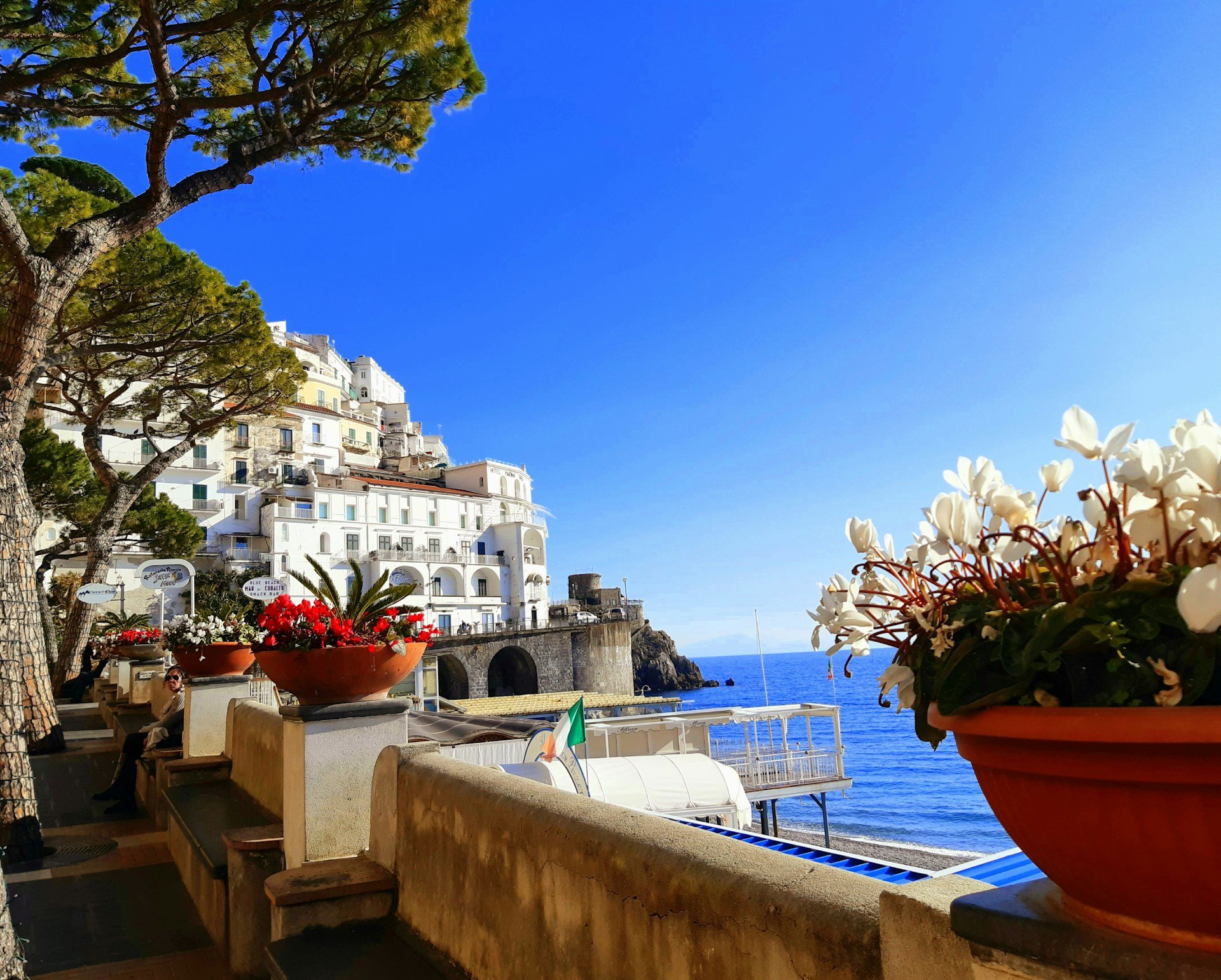January in Italy: The Arrival of the Snow Merchants
/Late January in Italy is particularly cold with an average temperature in the North of -4-5 celsius. If that is just too much to bear, in central Italy, January weather has temperatures of approximately 5-13 celsius and in Southern Italy 10-16 degrees celsius. So there’s quite a range and although this is low season, the winter months can be a great time to visit any region.
Attractions are quieter such as the Vatican museums, even on the Amalfi coast or cinque terre, you will find people happy to greet you during these periods of fewer crowds and they have more time to devote to serving you than the summer months.
The best things about travelling during this time of year are that you get to see a mix of Italian traditions such as a live nativity scene, celebrations for the feast of the epiphany and even enjoy the ski slopes!
Italian have a lot of little superstitions about the new year. The month of January is quiet in the UK but in Italy, the first week of January has La Befana, a witch bringing sweets to Italian children. The Three Kings celebrations and January 6th is still a national holiday. All this means people are in a jovial mood and children don't go back to school until after this date so everyone is having a good time.
High season can sometimes be tough to navigate with fully booked Italy tours, a packed eternal city and expensive gondola rides! So make the most of the low temperatures, it can actually mean you see the best places almost completely to yourself!
Credit: Unsplash.
I Tre Mercanti della Neve
Otherwise known as The Three Snow Merchants or in Milanese dialect 'I Mercant del Frecc'.
This folklore states that the days of 15- 20 January are known as being the coldest time of the year, in the coldest month of the year! And this is when the Three Snow Merchants come.
They are called San Mauro, Sant' Antonio Abate and San Sebastiano.
This is an ancient legend used by farmers, who without weather data, had to watch the weather changes and hope for saintly interventions to help them through the last days of the winter.
Credit: Sempione News.
San Mauro
15 January is for the Saint 'San Mauro'. He was the protector of the sick or those in serious danger. His day is celebrated with the sale of "filsòn", dry chestnuts gathered in long necklaces and sold in the winter sun. They provide a little cheer and warm welcome for those out and about at markets during this period.
In the Dolomites, this day is celebrated for a different man, Saint Romedio who is often depicted with a Bear as he rode on one to meet a friend for their last ever meeting! He is also considered a 'Snow Merchant' in this area.
Sant' Antonio Abate
17 January is the day of Sant' Antonio Abate celebrated in the towns of the Po valley and beyond. At this time there are bonfires, markets and animal blessings. Legend says that Saint Anthony went down to hell to warm up & steal a burning ember from the devil to give to men. Due to this, he is known for being the protector against the dangers of fires.
Credit: Unknown.
San Sebastiano
20 January is for merchant San Sebastiano, twice a martyr and often depicted shot by arrows. He was discovered to be a Christian by Roman Emperor Carinus and condemned to death.
Weather conditions
The name 'Snow Merchants' is due to the fact that the days in which they are remembered, are likely to be the snowiest of the year.
These details are most common in Northern Italy, other areas might celebrate slightly different saint names or stories as regions in Italy hold on to their customs dearly.
A little song is sung about these Tre Mercanti della Neve. It's in dialect from the Lombardy region...
San Maur un frec de diaul, Sant Antoni un frec de demoni, San Sebastian un frec de can
It means:
On San Mauro there is cold from the devil, on San Antonio a cold of demons and on San Sebastiano day, a cold from dogs!
Sunny days are coming
Despite bringing lots of snow and cold, the coming of these saints was considered positive. This is because the days that follow are thought to be the very first signs of spring. People also believed a bitter winter with lots of snow in January was thought to bring bumper summer harvests...
So don't be put off Italy in winter. There are many positives such as lower prices, no peak season queues, winter sports and Italian hot chocolate! The winter weather is always more bearable in Italy as they generally have good levels of sunshine despite it being chilly. Wrap up and bring comfortable shoes, enjoy the major attractions and get up close to those must-see spots!





























